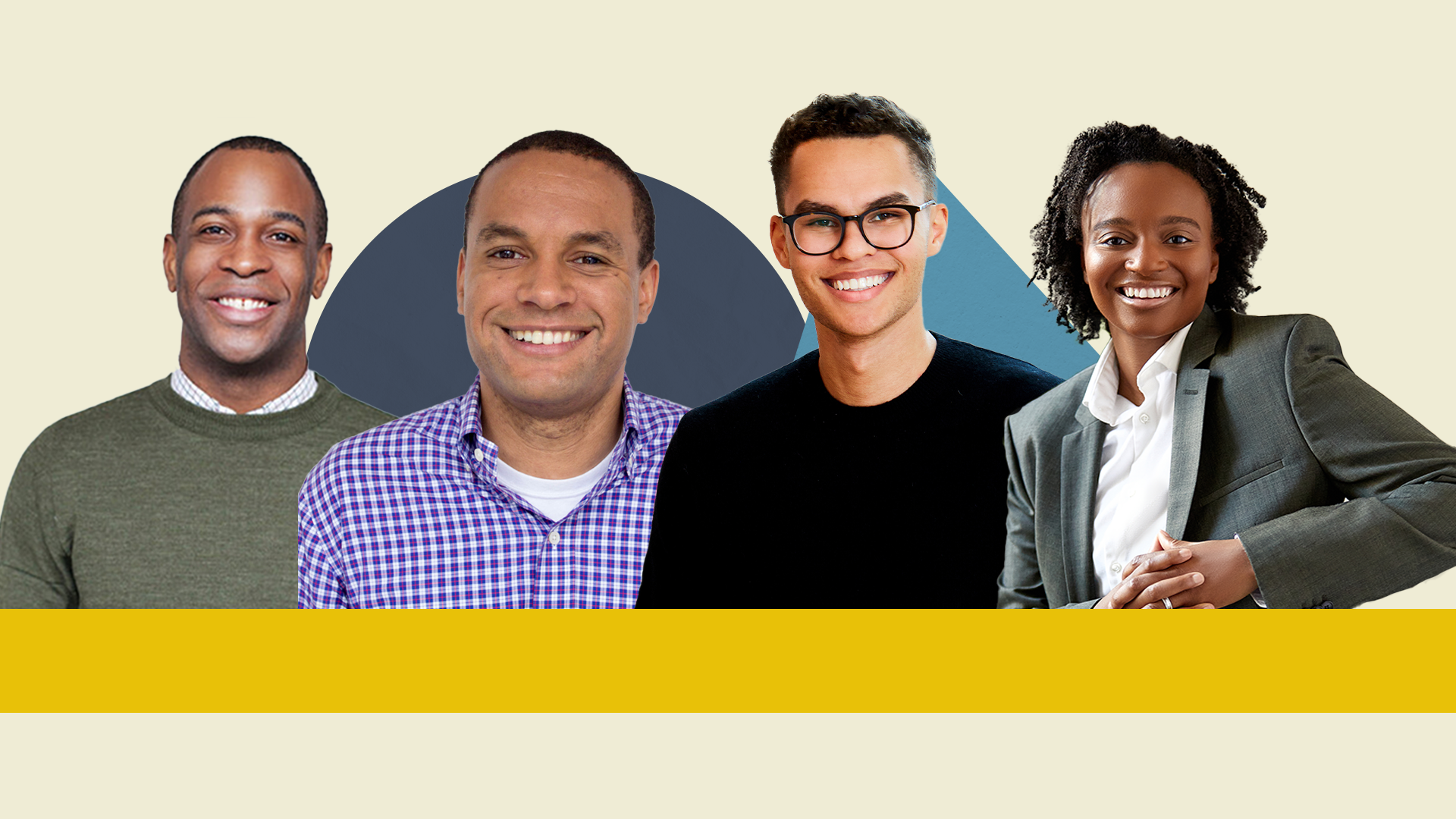How Spotify’s Gustav Söderström won the world’s ears by prizing convenience
Gustav Söderström, Chief R&D Officer, Spotify
Last month, Spotify launched Spotify Greenroom, a live audio app with social networking features, working toward its goal of being the “world’s audio network.” To this end, Spotify has acquired a number of companies over the last few years as it pursued an “Audio First” strategy – from podcast networks like Parcast, Gimlet Media, and The Ringer to Anchor, which has completely reimagined the path to audio creation.
Spotify is also investing in the world’s biggest podcasts. Last year, Spotify surprised the tech community with the announcement of an exclusive podcasting deal with Joe Rogan. More marquee names followed, with global A-listers like Barack and Michelle Obama, and Prince Harry and Meghan Markle.
If it’s related to audio, Spotify wants to make it available to the world. Amid all these big buys, Spotify has quietly continued to innovate its core app, staying ahead of the competition by providing the most robust and effortless listening experience around. This development is due to the efforts of many, but perhaps no one more than Spotify’s Chief R&D Officer Gustav Söderström.
“Spotify is my mission in life,” reads the first line of Söderström’s LinkedIn bio. Throughout his 11-year tenure at the company, Söderström has served as VP of Products and Chief Product Officer, before transitioning into his current role. Along the way, he oversaw product innovations that more than 365 million listeners across 178 markets have incorporated into their daily lives, and helped fundamentally change how people experience music, podcasts, and other audio content along the way.
Söderström joined Scarlet Fu, Bloomberg Television and Bloomberg QuickTake host, for an online talk on July 13, 2021, as part of the Cornell Tech @ Bloomberg Speaker Series. He shared the story of Spotify’s ambition, the company’s approach to growth, and the future of audio.
Watch the full discussion:
Pioneering audio
During the interview, Söderström shared that after graduating from Stockholm’s World Institute of Technology, he couldn’t find an engineering job. Nobody could — it was the early 2000s, in the shadow of the dotcom crash. So, he started his own company, Kennett Works, taking advantage of Sweden’s glut of talent and available engineering talent. The company introduced a new way for mobile users to send text messages over the data network, which cost customers a fraction of what carriers were charging. It seems obvious today, but, at the time, there was tremendous doubt about the future of internet-enabled smartphones. The bet paid off, and the company was acquired by Yahoo.
Söderström moved to California to work with Yahoo for a few years, rubbing shoulders with bright folks who would go on to start successful companies of their own. He eventually returned to Sweden with a fresh urge to start something new. A friend introduced him to Daniel Ek, who shared a functioning demo of his audio streaming platform concept, which would come to be known as Spotify.
“That completely blew me away,” he says. “I was convinced by the product, which means I was actually convinced by the engineering and by the engineering team and engineering skills of this team.”
In those days, Sweden was ground zero for music piracy. Home to the notorious Pirate Bay, file sharing was normalized in the country, with prominent politicians advocating for the right to pirate content under the “Information wants to be free” mantra.
Söderström knew that the barriers to infinite music access were low. With BitTorrent and other file sharing options, listeners could conceivably access nearly all music that had ever been digitized, for free. However, the user experience was rather clunky. For BitTorrent, first you must download the client, then you have to go elsewhere to find the music. You’d then have to download an audio player. Sometimes you’d download an album and there would be missing or mislabeled tracks. Music piracy in those days was a paradise of choice, but it was a pain in the neck.
As a platform, Spotify would merge music discovery, consumption, and sharing all in one place, on a “freemium” basis, with subscription fees compensating artists and rights-holders for their content. Söderström knew that if they could design a frictionless user experience, people would be willing to pay for it.
“Over time, we see again and again, convenience trumps everything,” Söderström says. It’s a handy lesson when embarking on product development for innovations that don’t yet exist, where it’s difficult to imagine how users might use a product and at what price point.
Continuous innovation
“Product development is largely about coming up with ideas, building them, and testing them,” says Söderström. “That’s not true for music. For music, product development means coming up with an idea, going to three or four major labels, trying to negotiate the lowest common denominator they can all agree on, and then testing it.”
“It’s very, very expensive to be wrong. You wasted that year on negotiation, but then you might have to live with those licenses, which are useless for three more years before renegotiating. So, the cost of being wrong in product development in music is just way, way higher.”
That hasn’t stopped Spotify from trying. Over the last fifteen years, Spotify has experimented with playlists, to help listeners discover new types of music and navigate the increasingly large landscape of audio content. While the role of DJ has been partially ceded to increasingly clever recommendation systems, man-made playlists still thrive, in a curated mix between editorial and algorithms that the company calls its “algotorial,” helping bridge machine learning and human instinct.
“Humans are advanced beings,” says Söderström. “They have much better intuition than machines do. So, we try to leverage humans where they are really good at intuition about non-discovered things.”
The pandemic has been another opportunity for Spotify to learn more about how its users consume music. As might be expected, mobile usage tanked, with fewer listeners spending time out and about. But, in many areas, listening on at-home devices like TVs and gaming consoles went up proportionally. However, in countries where Spotify’s at-home app penetration was weaker, they found that users were not replacing their mobile usage at all. Spotify made an early bet on ubiquity, which meant users can easily shift between devices, a bet which really paid off.
The ascendency of audio
With podcasts, Spotify aims to lead in a sector with fewer restrictions than the established music industry. No labels, no byzantine, decades-old rights contracts to navigate — it’s uncharted territory, says Söderström.
As of last February, over 60,000 tracks are now uploaded to Spotify every day, and the company has more than doubled its podcast listenership. Söderström recognizes this as an important win, but he also sees it as simply the culmination of a trend where streaming and producing audio becomes as ubiquitous in our daily lives as sharing photos on Instagram and snippets of text on Twitter.
He’s imagining a world where hundreds of millions of people aren’t just listening, but also producing audio content. In fact, Söderström hosts the Spotify: A Product Story podcast, in which in-depth product strategy lessons are shared.
“The potential space of all creators is just much much bigger than what we see today, which is true for text, photos, and video as well,” he says. “Something that people might have written off as niche has suddenly become something that’s mass market, and you can scale.”
This article was originally published by Tech at Bloomberg.











